Continuing on with my review of the teas from my What Cha Haul (link leads to unboxing video), today’s tea is a pretty unusual tea from Sri Lanka!
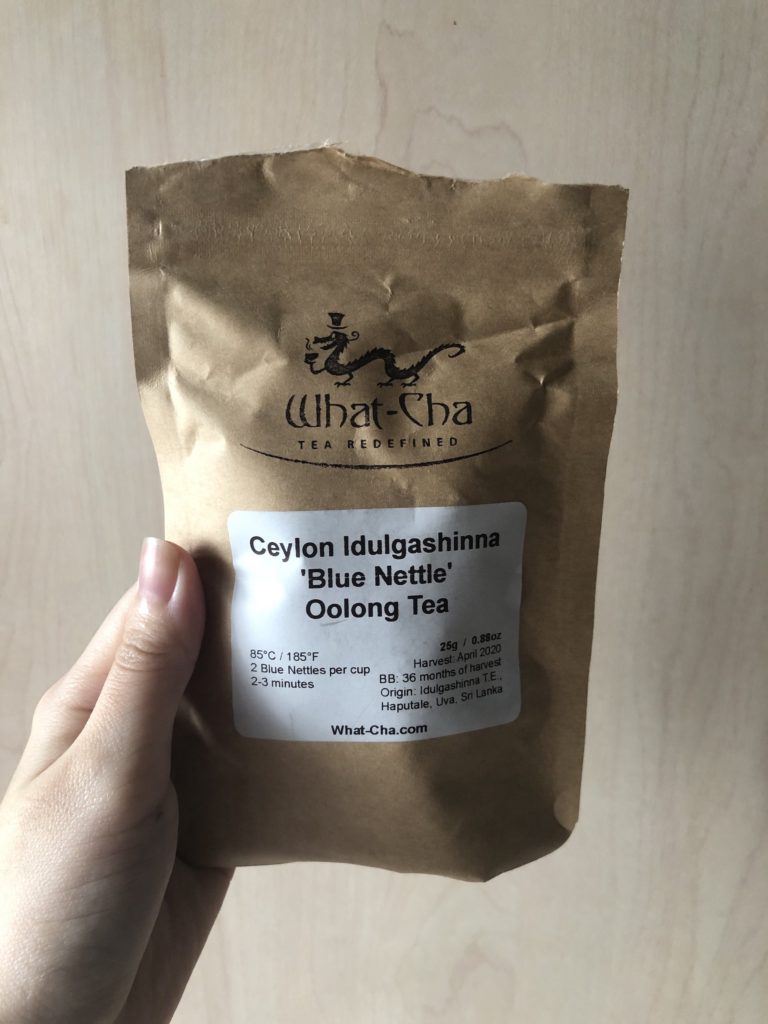
I can’t lie – I bought this tea because the shape of the leaves were so unusual! They’ve been twisted into mini rods and I was wondering what they would taste like. Plus, I haven’t really tried many oolongs from Sri Lanka so I figured this would be interesting.
First Impressions
LOOK AT THESE LEAVES!!
I really find them extremely interesting! You only need one or two ‘leaves’ for a cup. They smell pretty sweet so I’m pretty excited for them. By the way, I couldn’t see the individual leaves in each larger rod – they seem to be twisted together pretty tightly.
Tasting Notes
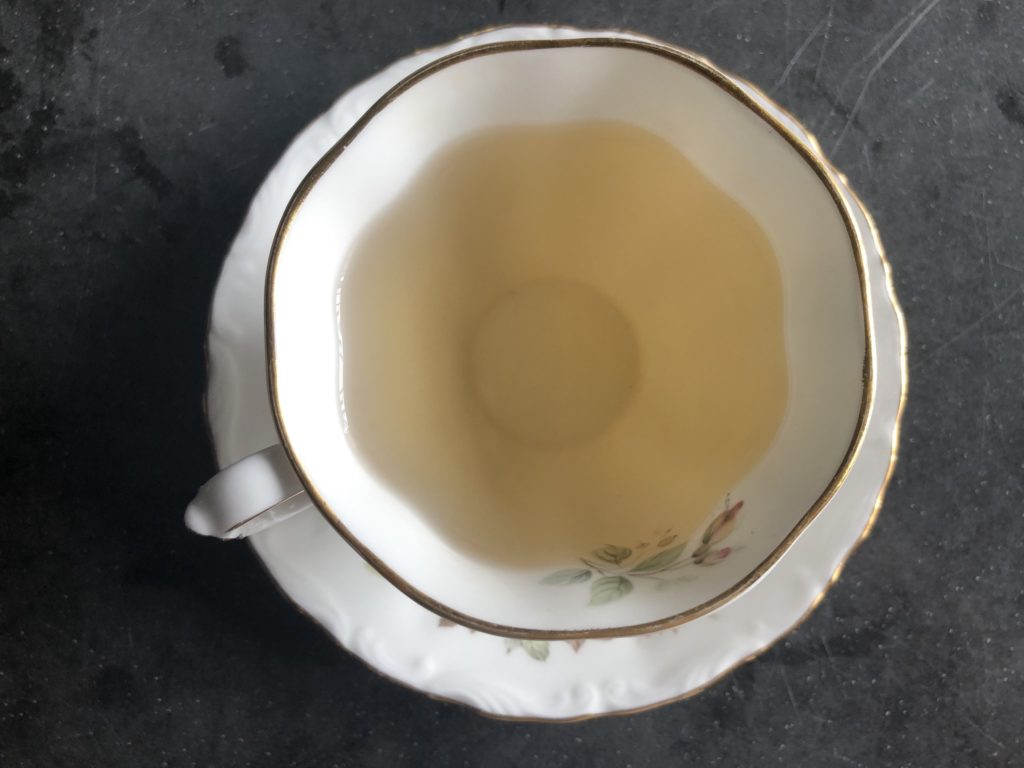
First round: The liquor is pretty light, which makes sense since the leaves have not yet opened up. It is very sweet with strong fruity notes and low astringency (plus, no bitterness).
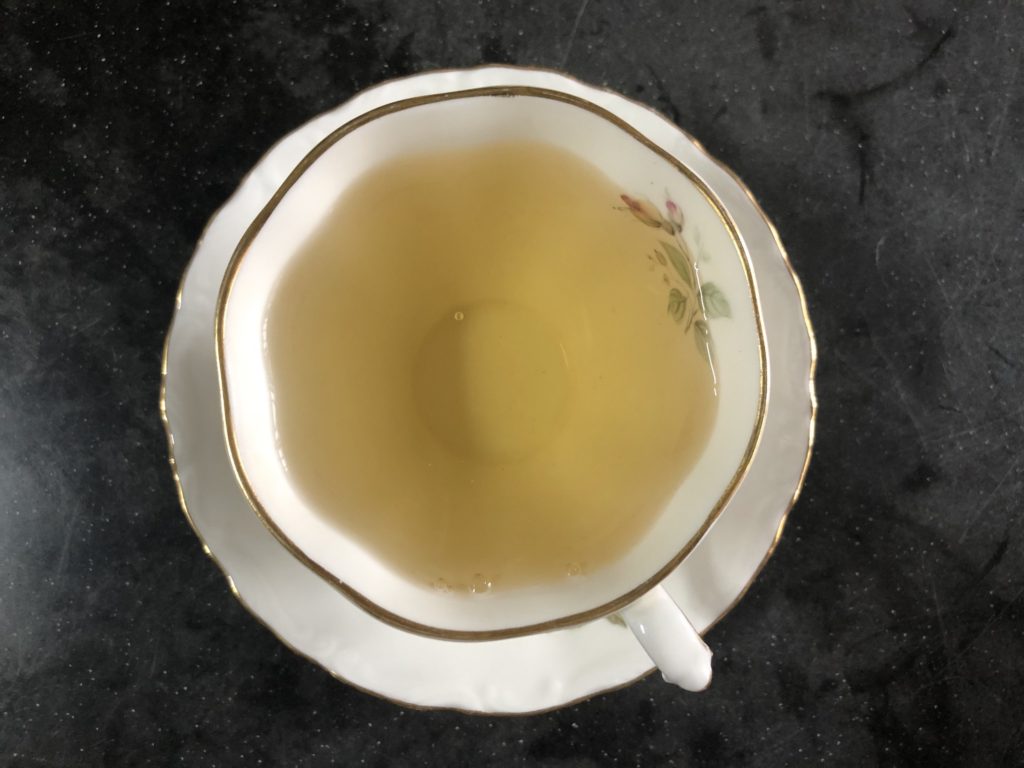
Second round: The leaves are coming apart from their twists but they’re still relatively intact. But as the leaves come loose, the tea liquor becomes darker. I’m still getting a lot of sweet and fruity notes.

Third round: The tea liquor has darkened to a light amber colour and there’s a new note – maltiness. It’s like having a mix of a black tea with an oolong, which is very interesting.
Fourth round: I’m definitely getting more black tea notes here. The tea is still sweet and smooth, but now it’s more sweet and malty than sweet and fruity. In both sessions that I had with this tea, I’ve noticed that the tea is lighter and has more oolong notes in the first few steeps (even if I start with 3 minutes) and develops into something with more black tea notes as the leaves unfurl.
I managed to reach six rounds on this tea until I gave up (because my gastric’s been pretty bad the past few days) but this tea still has a lot more to go. If you get it, I think you could go for at least 8 steeps.
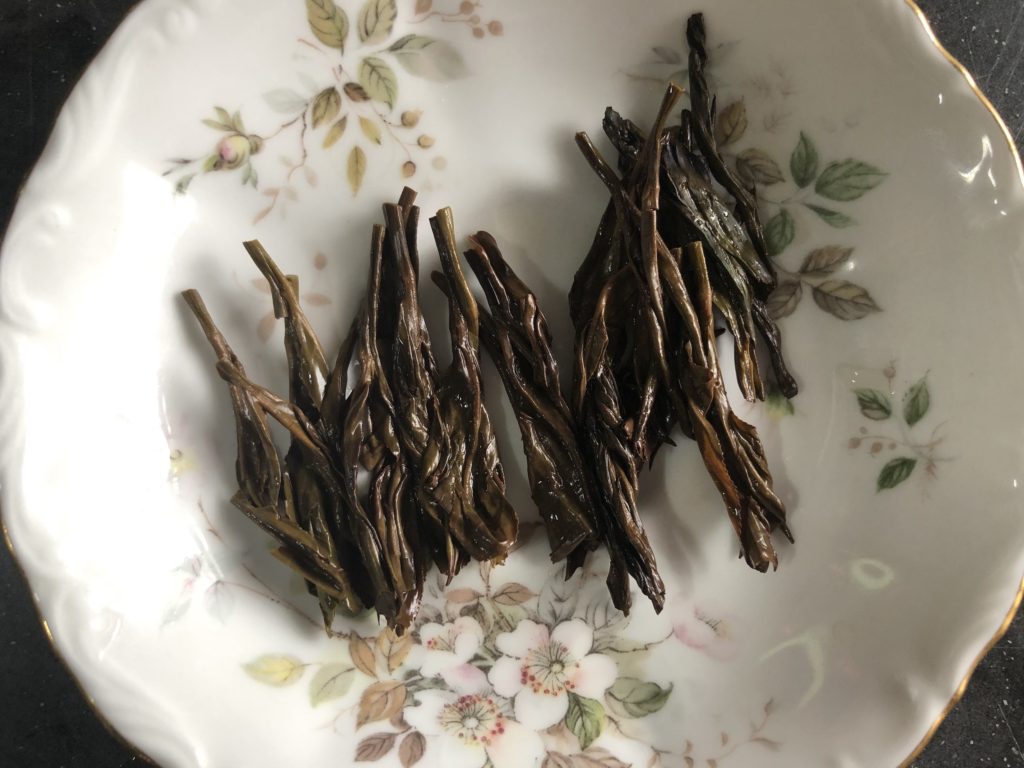
Looking at the spent leaves, it’s pretty clear that they haven’t fully unfurled, which in my mind means that it still has quite a lot left to go. I’m actually drinking some right now (photo is from the first session), so I might just pop the current leaves to cold brew overnight and update this post with the cold brew results.
Update: I’m drinking the cold brew tea right now (popped it in the fridge for 12 hours) and I’m getting mostly fruity notes with some woody notes. Interestingly, the tea isn’t as sweet as it is when hot, although that could be because I used the spent leaves to brew it.
About the Tea
Description from What Cha (link below)
A delightful tea crafted by workers meticulously hand twisting and tying tea leaves together to form a ‘blue nettle’. The leaves within the ‘blue nettle’ show varying levels of oxidisation and as a result the tea exhibits characteristics typical to white, oolong and black teas!
It has the lightness usually associated with white teas combined with very gentle apricot tones usually found within Indian subcontinent oolongs and a malty (yet gentle) finish to typical to black teas.
Sourced direct from Idulgashinna Tea Estate, a high elevation tea estate with international organic certification.
For more information, including brewing information and how much the farmer gets when you buy this tea, check out the product page on What Cha!
I’m really enjoying my teas but in order to take it slow, I’ll be talking about an afternoon tea that I went to later this week. But, next week’s tea is also going to be interesting, so stay tuned!
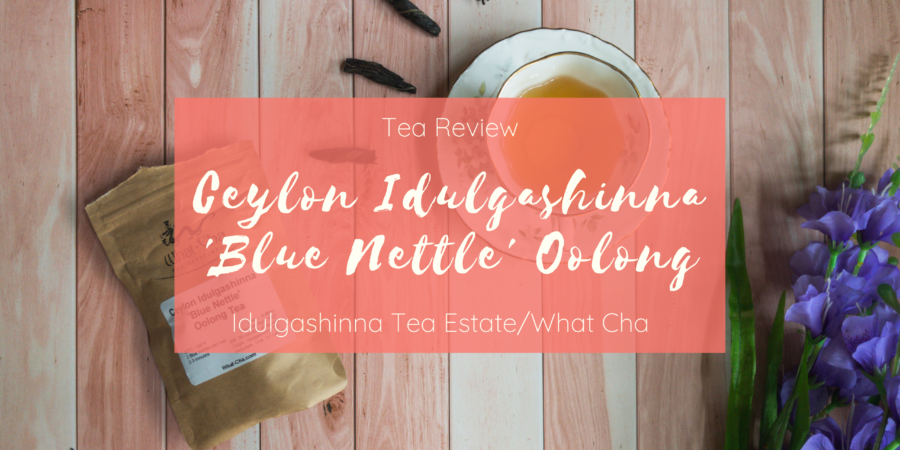
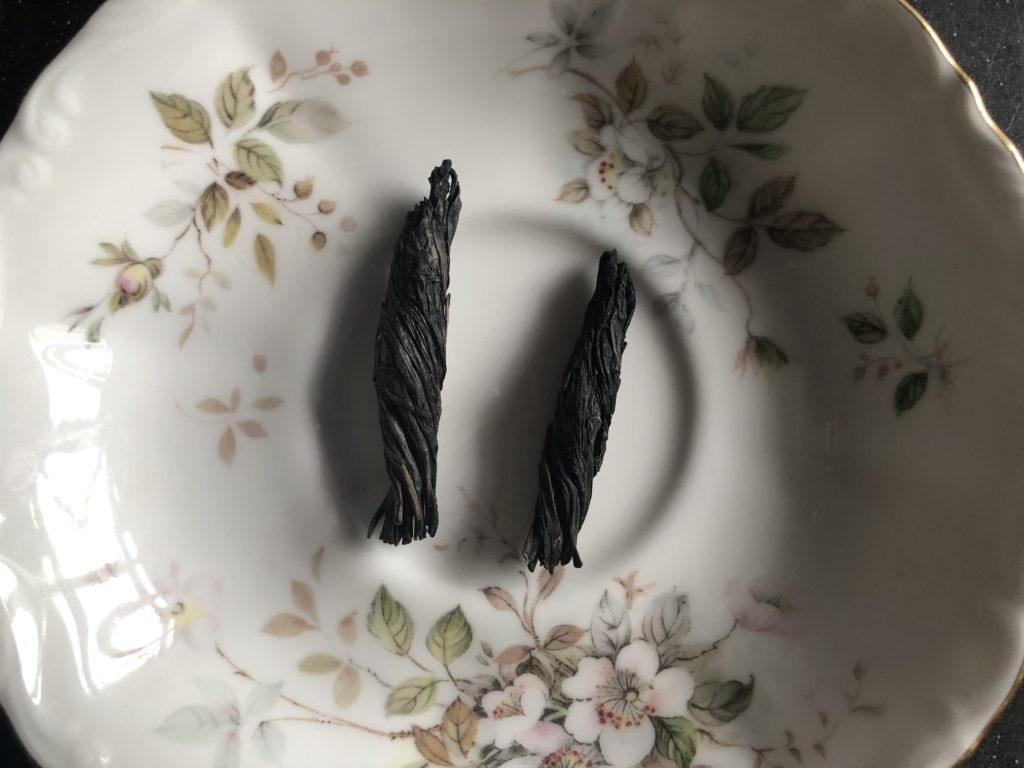
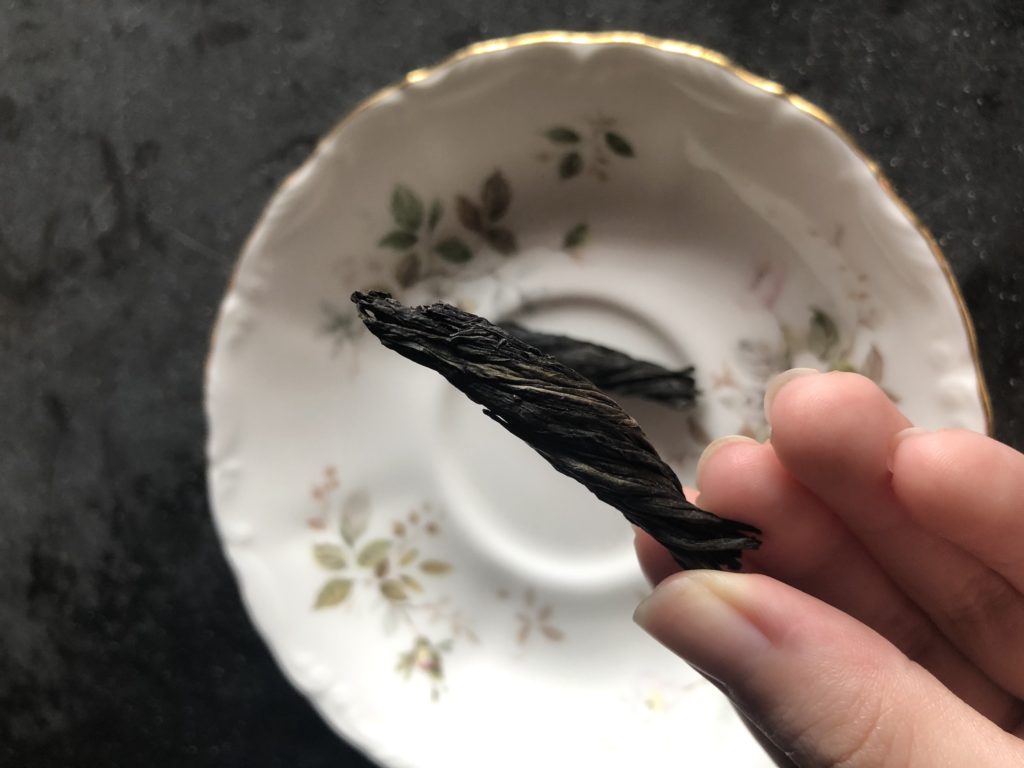
Wow, just when you think you’ve seen every possible method for processing tea leaves…. 😀
Wait till you see the zomba pearls! (Okay, I think they are about the same level of visual interesting-ness)
Those leaves are so interesting!!!!
Ikr?? I bought these because of the shape of the leaves!